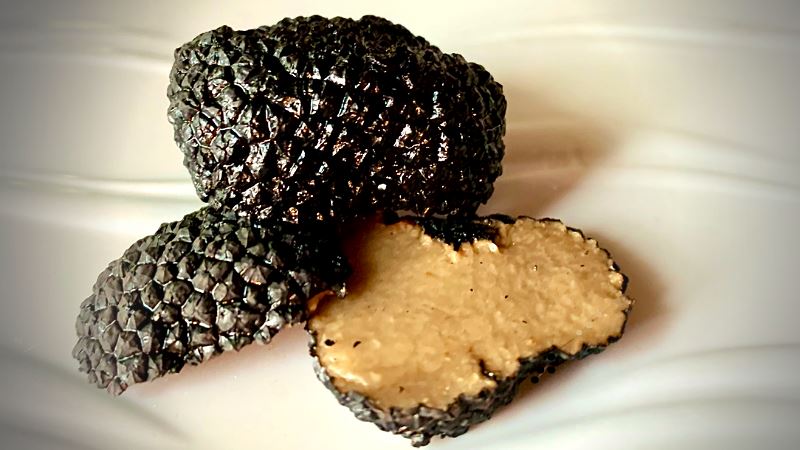Where are truffles found?
How and Where to Find Truffles
Ah, the elusive truffle. Pound-for-pound, this particular type of fungus can come at a higher cost than gold. It’s no wonder folks around the world have taken to foraging these culinary delicacies. If you are considering joining them, you are probably wondering exactly where truffles are found. Well, the answer isn’t a short one. Let’s explore the secret life and locations of truffles a bit further.
Where can I find truffles?
Honestly, if you go out on your own, without previous truffle-hunting experience or knowledge of where to find them, you are likely to come up empty-handed. You won’t see a truffle unless something else has already dug it up. They are primarily located because of their intoxicating scent; that’s why most truffle hunters use animals with an amplified sense of smell—animals like dogs and pigs—to help them locate truffles to bring back to the kitchen or the market.
That said, the if you understand when and where truffles flourish, you’ll stand a much greater chance of digging one up.
What regions do truffles grow in?
The regional location of truffles will vary depending on the type and season of the truffles but the primary regions in which they are found are the Mediterranean, the Pacific Northwest of America, and Australia. Truffles are not restricted to those areas, though, and have been found in temperate regions across the globe.
Do truffles ever grow above ground?
No. While the fruiting bodies of most mushrooms are found above ground, that is not the case for truffles. In rare instances, though, a truffle might grow large enough and be close enough to the surface of the earth, that they will be exposed by cracks in the soil. As mentioned, these instances are extremely rare. As such, only extremely experienced foragers are likely to find them with the naked eye. That’s why most wild truffles are found with the assistance of trained dogs.
What are the best soil conditions for truffles?
As is the case with any mushroom, conditions need to be just perfect in order for this delightful fungus to grow and fruit. Truffles need well-drained, slightly alkaline soil with high moisture content. The ideal pH level is right around 8, with a small window of deviation in either direction.
Do truffles need trees to grow?
Truffles absolutely will not grow without trees. They are primarily found at the base of oaks, poplar, beech, hazel, and pine trees. But they have been known to be found under many other types of trees, particularly nut-producing trees. The reason you won’t find a truffle without a tree is because the two boast a symbiotic relationship—passing much needed nutrients back-and-forth to one another.
Can truffles be cultivated?
Today, most of the world’s truffle market is supplied by truffle farms. You may be wondering how this could even be possible with the finicky nature of truffles. The farmer must first ensure the soil and climate conditions are optimal for truffle growth. Then, they must obtain spores and innoculate the roots of the ideal tree species and from there, it really is a waiting game because even if the spores take, it won’t be at least 3-years before the truffles are ready to harvest. So yes, truffle cultivation is being done on a massive scale, but it is an incredibly risky business and one that requires extreme patience.
*****If you are hoping to forage or cultivate truffles, we can only wish you the best of luck. On the other hand, if you are hoping to experience the earthy, unmatched flavor of these fungus-made culinary jewels, we can help.
Even when they are in season, you can find quality truffles year-round in our online mushrooms and truffles department!







Slofoodgroup
Author